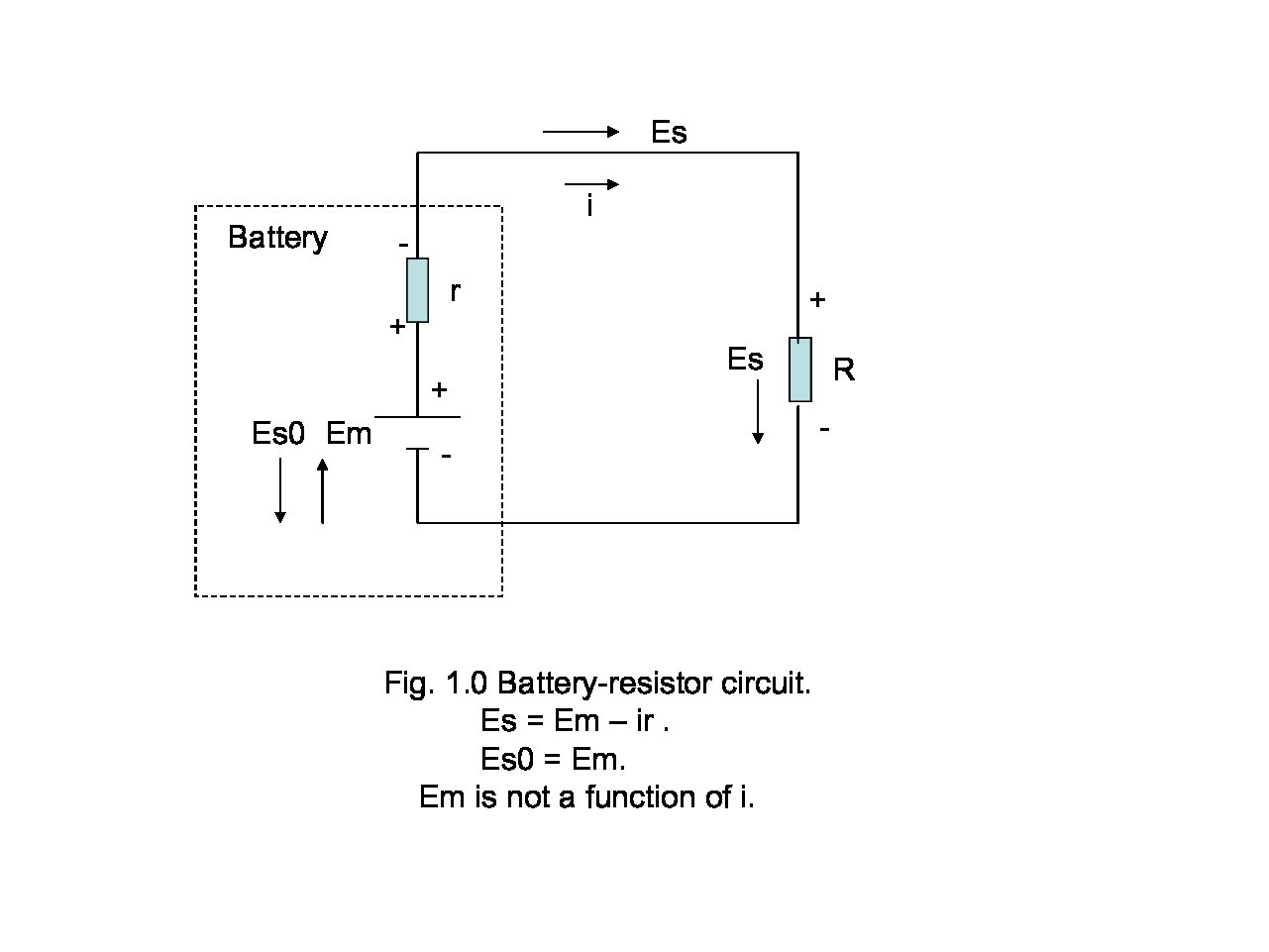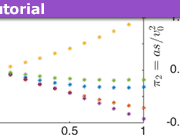Elementary Construction of the Angular Velocity
Physics books seldom contain an accurate definitions of the angular velocity of a rigid body. I believe that the following construction is as simple as possible and also rigorous.
Table of Contents
Assume we have a rigid body which is moving in the space
Theorem. In each moment there exists a unique (pseudo)vector ##\boldsymbol\omega ## such that for any two points ##A,B## of the rigid body the following formula holds
$$\boldsymbol v_A=\boldsymbol v_B+\boldsymbol \omega\times\boldsymbol {BA},\qquad (***)$$
here ##\boldsymbol v_A,\boldsymbol v_B## are the velocities of the points ##A,B## respectively.
Definition. The vector ##\boldsymbol \omega## is called the angular velocity.
Before proving this theorem we formulate a lemma. Let ##\boldsymbol e_1,\boldsymbol e_2,\boldsymbol e_3## be a right orthonormal basis frozen into the rigid body. Introduce a vector
$$\boldsymbol \omega_*=(\dot{\boldsymbol e}_2,\boldsymbol e_3)\boldsymbol e_1+(\dot{\boldsymbol e}_3,\boldsymbol e_1)\boldsymbol e_2+(\dot{\boldsymbol e}_1,\boldsymbol e_2)\boldsymbol e_3.\qquad (*)$$
Lemma. The following formulas hold $$\dot{\boldsymbol e}_k=\boldsymbol \omega_*\times {\boldsymbol e}_k,\quad k=1,2,3.\qquad (**)$$
Indeed, differentiating the equlities ##({\boldsymbol e}_k,{\boldsymbol e}_j)=\delta_{kj}## we get
##(\dot{\boldsymbol e}_k,\boldsymbol e_j)=-(\dot{\boldsymbol e}_j,\boldsymbol e_k)## and particularly ##(\dot{\boldsymbol e}_k,\boldsymbol e_k)=0##. Due to these formulas one can substitute (*) into (**) to make sure that the lemma is correct.
Let us prove the theorem
A) Existence. Let ##O## be the origin of some fixed frame. Differentiating the identity ##\boldsymbol{OA}=\boldsymbol{OB}+\boldsymbol{BA}## we have
$$\boldsymbol v_A=\boldsymbol v_B+\frac{d}{dt}\boldsymbol{BA}.$$
On the other hand we can write ##\boldsymbol{BA}=\sum_{i=1}^3 x_i\boldsymbol e_i.## From lemma it follows that
$$\frac{d}{dt}\boldsymbol{BA}=\sum_{i=1}^3 x_i\dot{\boldsymbol e}_i=\sum_{i=1}^3 x_i\boldsymbol\omega_*\times{\boldsymbol e}_i=\boldsymbol\omega_*\times \boldsymbol{BA}.$$ Consequently there exists at least one vector that satisfies the theorem. This vector is ##\boldsymbol \omega_*.## In the sequel we drop the subscript *.
B) Uniqueness. Assume that there is another vector ##\boldsymbol \omega’## such that $$\boldsymbol v_A=\boldsymbol v_B+\boldsymbol \omega’\times\boldsymbol {BA}.$$
Subtracting this formula from the formula (***) we obtain
##(\boldsymbol \omega-\boldsymbol \omega’)\times\boldsymbol {BA}=0.## Since ##\boldsymbol {BA}## is an arbitrary vector we have ##\boldsymbol \omega=\boldsymbol \omega’##.
The theorem is proved
Example. Let ##OXYZ## be a fixed Cartesian frame. And the rigid body rotates around the axis ##OZ## such that ##\boldsymbol e_Z=\boldsymbol e_3## and
$$\boldsymbol e_1=\cos\phi\boldsymbol e_X+\sin\phi\boldsymbol e_Y,\quad \boldsymbol e_2=\cos\phi\boldsymbol e_Y-\sin\phi\boldsymbol e_X$$ here ##\phi=\phi(t)## is the angle of rotation of the rigid body.
Then differentiate these formulas ##\dot{\boldsymbol e}_1=\dot\phi\cos\phi\boldsymbol e_Y-\dot\phi\sin\phi\boldsymbol e_X=\dot\phi \boldsymbol e_2.## In the same way we get ##\dot{\boldsymbol e}_2=-\dot\phi \boldsymbol e_1.## Substitute these equalities in (*) to get ## \boldsymbol \omega=\dot\phi \boldsymbol e_Z.##
PhD – Interested in differential equations and classical mechanics








Thanks for the post! This is an automated courtesy bump. Sorry you aren't generating responses at the moment. Do you have any further information, come to any new conclusions or is it possible to reword the post?